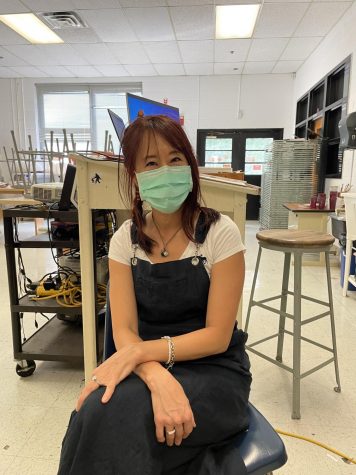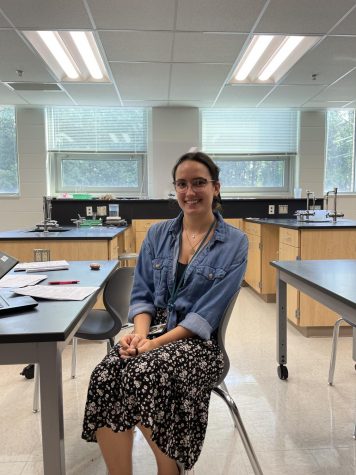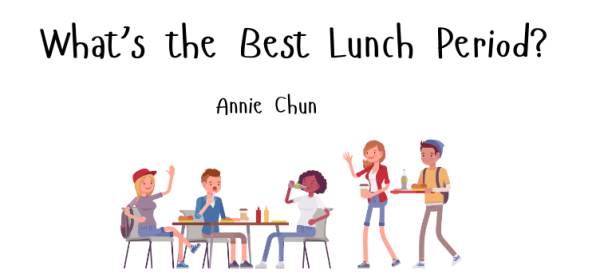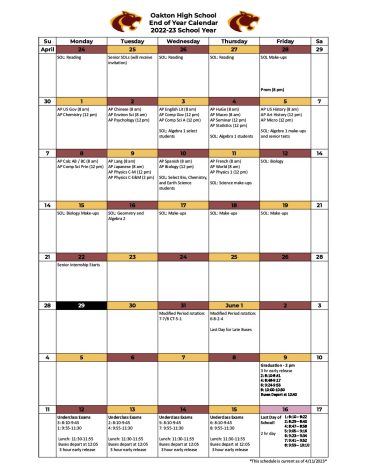New teachers and their experience returning in-person
Reconnecting with students and teachers
The entire student body has returned back in-person, initiating an adjustment period for students and teachers alike. To add an additional layer to the adjustment, new teachers Ms. Chough and Ms. Kondisko shared their experiences as teachers new to Oakton High School and how it has impacted their return to the classroom.

Ms. Chough
Ms. Chough is a photography and studio art teacher at Oakton and has had previous teaching experience ranging from kindergarten to the college level. She took a break from teaching and returned in 2011 after doing marketing for Vail Resorts in Colorado.
As an arts teacher, being virtual has held its fair share of challenges. It has been difficult to gauge student progress as well as demonstrate techniques and practices to students over the web. However, with the return to the school, instruction is slowly transitioning back to the pre-COVID routine. Although it has been hard to connect with students over the virtual and hybrid periods, some instructional tools have been useful to bring back into the classroom. With COVID restrictions still in place, the document camera has been convenient for presenting demonstrations and techniques. A restriction that can’t be avoided, however, is masks. Wearing masks has made it harder to project voices and convey facial expressions, adding yet another hurdle to the return in-person. Despite all the challenges of returning to school amidst the pandemic, Ms. Chough says that it is “100 percent lovely to be back” and to be able to connect with students on a more personal level.
“100% lovely to be back.” – Ms. Chough

Ms. Kondisko
Ms. Kondisko is from Pennsylvania and is a first year, 9th grade biology teacher. Throughout her training as a teacher, she has gone through multiple models of teaching including virtual, hybrid, and fully in-person. Being a biology teacher, labs are an essential part of class, and being virtual has made it difficult to facilitate hands-on learning. Because of this, Ms. Kondisko definitely prefers in-person teaching as she does not have to search for online labs to do. Additionally, in-person labs have also been more enjoyable for students to participate in. This is especially prevalent for labs like “Water Olympics” where students study the properties of water, something that cannot be done virtually if students do not have all the materials needed available. Though Ms. Kondisko prefers in-person instruction, she has carried over posting assignments online which can be extremely helpful for when students are unable to attend class. Ms. Kondisko prefers being in-person, saying it’s “a lot better to have students actually in the room,” as it is easier to connect and build relationships with students. Though, not all restrictions are moot; with students introducing themselves with half their face hidden, it has been more difficult to tell who’s talking and has made learning names more challenging than usual. Despite this, Ms. Kondisko still views in-person instruction as an “overall better experience.”
“A lot better to have students actually in the room.” -Ms. Kondisko
Hi my name is Portia and I'm a senior. This is my fourth year writing for the Oakton Outlook, and my first year as a member of the Editorial Board. I enjoy...






